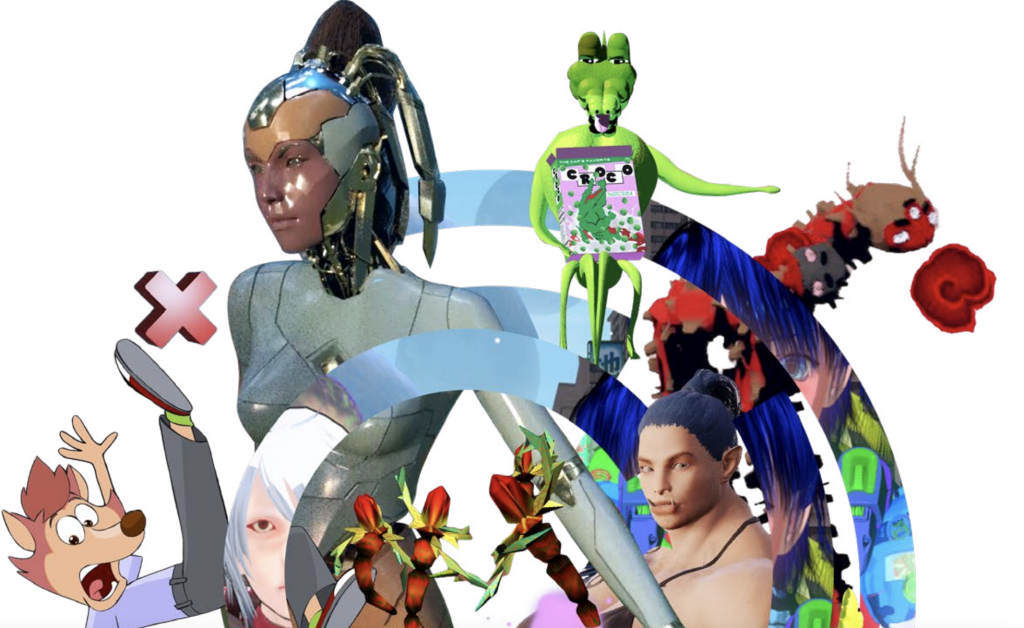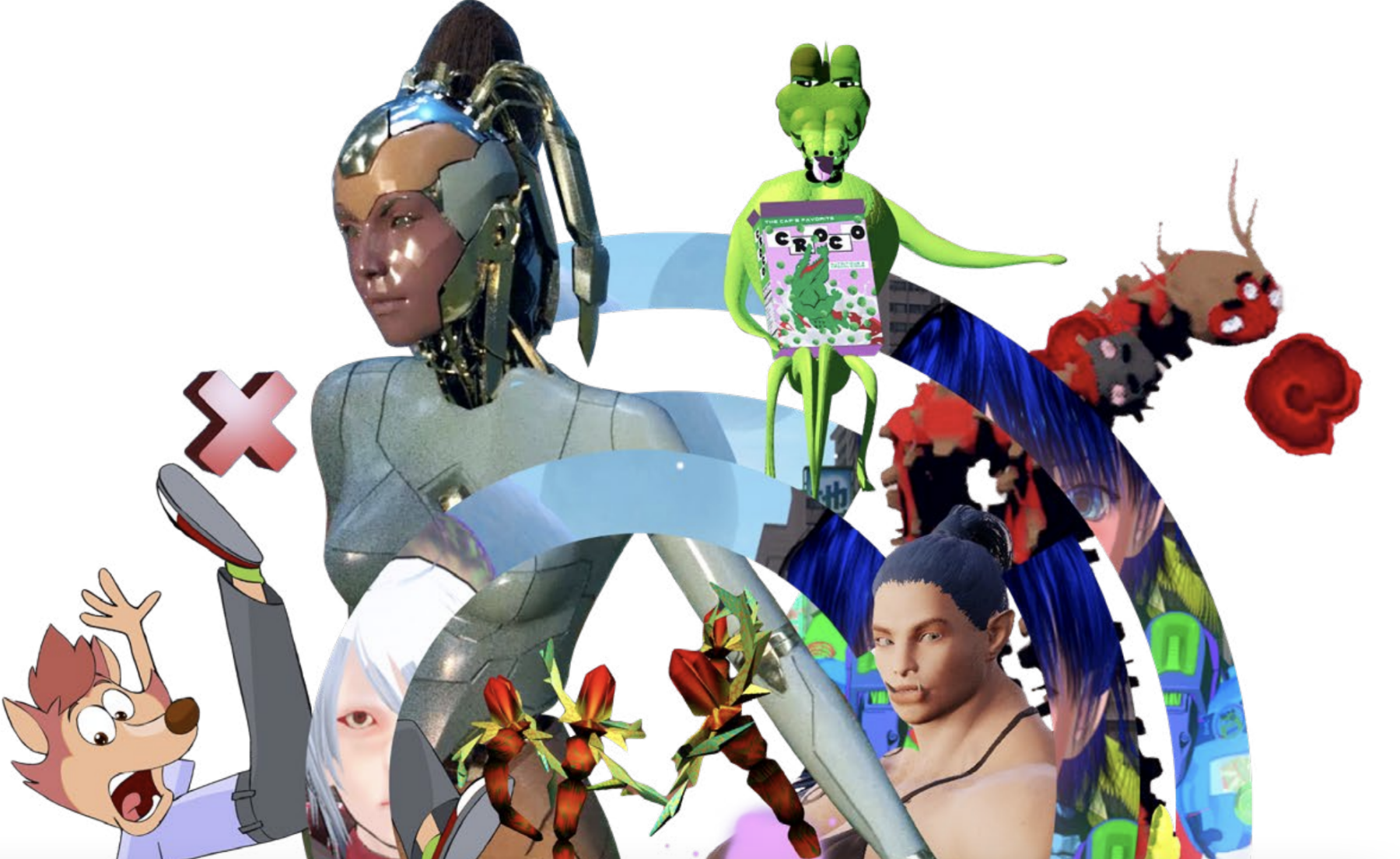Text by Charlie Clark

Worldbuilding and speculative fictions have been go-to frameworks for artistic practice over the past few years, with the pandemic making our personal freedoms more limited than ever, giving us time to reflect on the state of the world. World-building has been synonymous with gaming since the birth of arcade games in the seventies.
Now, almost a third of the world’s population is playing video games, a medium which is the subject of a new exhibition at the Julia Stoschek Collection (JSC) in Düsseldorf. Worldbuilding: Gaming and Art in the Digital Age, curated by Hans Ulrich Obrist, takes a look at the impact that gaming has on art. The show celebrates the collection’s fifteen-year anniversary, showing over thirty works from the mid-nineties to the present day from the likes of Danielle Brathwaite-Shirley, Suzanne Treister, Jakob Kudsk Steenson, Keiken, Lawrence Lek, and many more.
The JSC, born and based in Düsseldorf, with a new second space in Berlin as of 2016, houses one of the world’s most significant collections of time-based art, run by art collector and philanthropist Julia Stoschek. Their latest exhibition, Worldbuilding, showcases a variety of artists engaging with video games as a time-based art medium. “Many people spend hours every day in a parallel world and live a multitude of different lives”, writes Obrist. In the past three decades, artists have been engaging with what these alternative lives and worlds can bring to our everyday.
The show draws on a “plurality of voices”, which Anna Anthropy writes of in her book Rise of the Videogame Zinesters, where the works “come from a wider set of experiences and present a wider range of perspectives.” The participating artists create art within virtual worlds, treating digital world-building as contemporary landscape paintings. Some of the artists are making Afrofuturist projects through world-building, creating imagined utopic spaces in virtual settings.
The works in Worldbuilding present a global and encyclopaedic level of references, in so doing, building worlds with new logics, structures and ethics that reimagine the way that we live. Virtual space is used to remap and reroute politics and contemporary thought. Artists reference Islamic literature, modern geometry, World of Warcraft, Mahāyāna Buddhism, and Afrofuturism, amongst much more.
Prolific digital collective, Keiken, have an interactive installation on show in which players can handle a variety of devices connecting them to the work in an exploration of the blurring between digital and physical worlds. Danielle Brathwaite-Shirley’s game, SHE KEEPS ME DAMN ALIVE, uses the format of 1990s First Person Shooters to write a pro-Black and pro-Trans narrative in which the player interacts with the game through a handheld 3D printed gun. Nepenthe Zone by Lawrence Lek explores the potential impact of digital worldbuilding on wellness culture, looking at the importance of memory and forgetting to our sense of well-being.
The exhibition is a testament to the role of imagination in writing and building alternative realities and worlds. Lola Olufemi writes in her seminal book, Experiments in Imagining Otherwise, “the imagination is understood as the process of conjuring that which does not exist – presently or subjectively.” And each of the artists in Worldbuilding draws on this process to present imaginative and thought-provoking worlds through the format of game design.
The exhibition will run until 10 December 2022.






